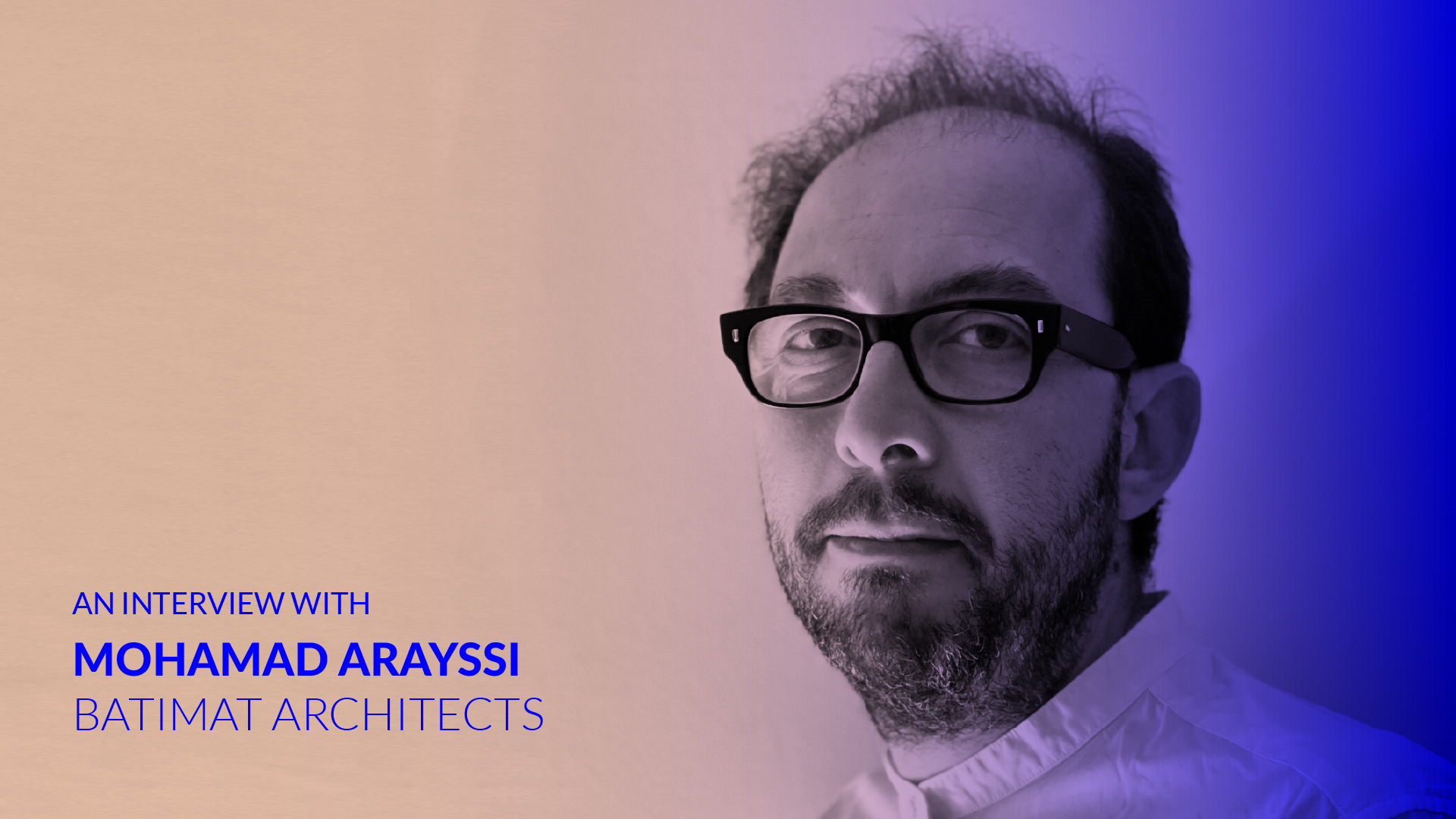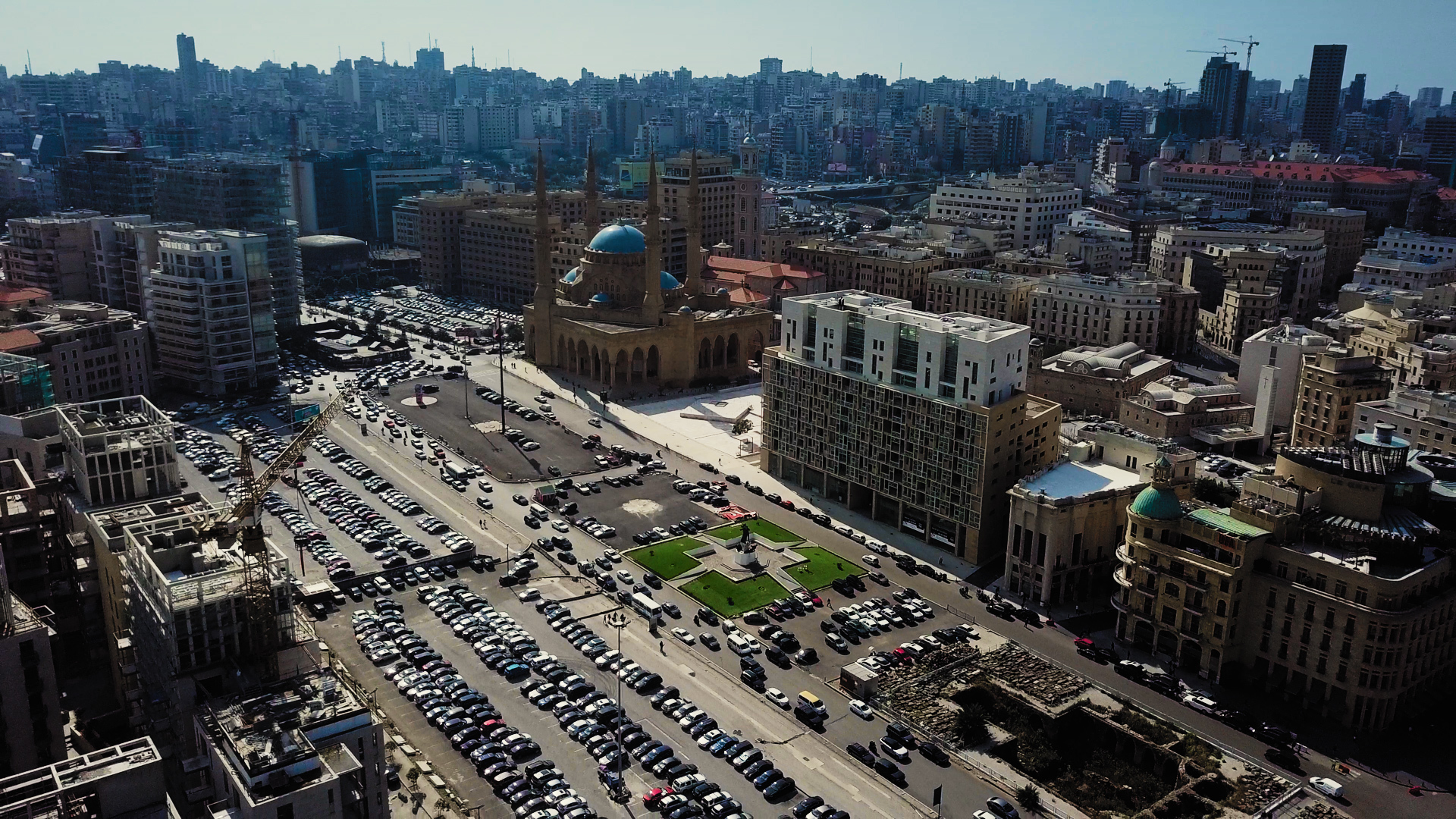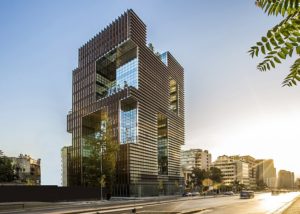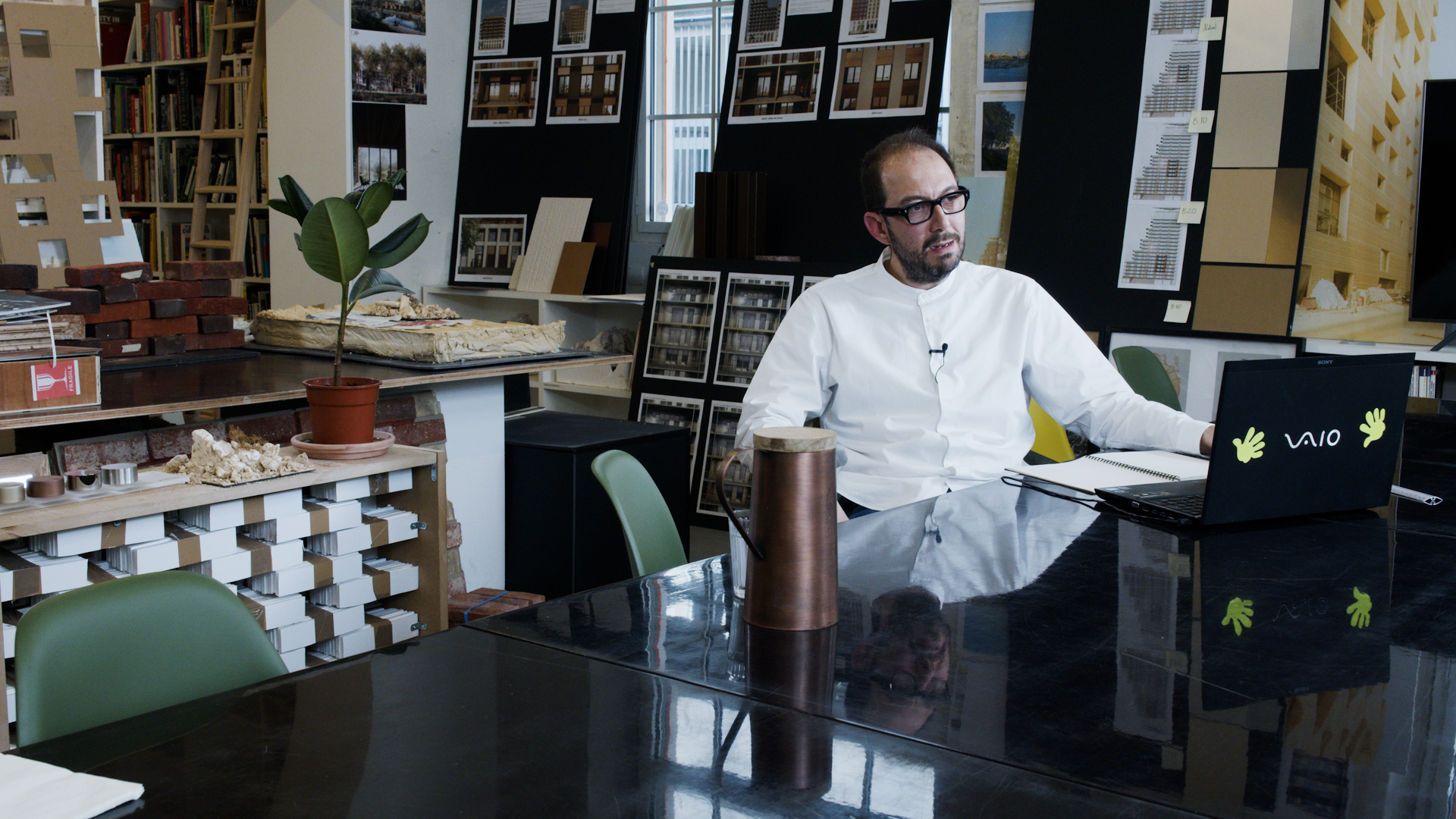
Mohamad Arayssi is Managing Director and Design Principal of Batimat Architects. He was born and raised in Beirut, the capital of Lebanon and one of the oldest cities in the world, a city that has emerged as a global center for culture and new architecture despite its turbulent history and ongoing political tensions. We met the architect in Paris where is currently living and had a conversation about his work, his vision as an architect and the sense of belonging to a place and to a wider connected community.
“I do not doubt that the way I am wired is shaped by Beirut, by its diversity and multiculturalism, and by the constructive energy of the Lebanese people” who live every moment intensely, as one never knows what tomorrow brings. Living with purpose and being able to do what needs to be done now, proved a particularly important trait to have, especially after what happened in Beirut on August 4, 2020. There are points in our history that we can’t help but look back on as signaling a profound change in how we live, work, think, and even view other people. The devastating explosion of that day “was beyond anything we’d experienced before, even during the Lebanese Civil War. Whilst this awful blast came at a very sensitive time for our country, it did also serve as the long-awaited catalyst to rethink the city of Beirut.”


At the time of this apocalyptic accident, Mohamad Arayssi and his practice were about to hand over the Saifi 477 project, a 17-floor mixed-use tower, built at the edge of a traditional neighborhood just 900m from the explosion site. The building was heavily damaged, not a single aluminum glass frame remained, and the handover was set back for another year and a half. “Everyone is determined to refinish this project. Not only because we have an obligation to the buyers and the developer, but also as a sign that Beirut will rebuild. We will rebuild.”
From an architect’s point of view, “I hope that the 4th of August will bring forward a more mature approach to property development in Beirut, in terms of being more mindful of the long-term consequences of what we construct, balancing market supply and demand, and creating more resilient, ecologically and economically sustainable and human-scale buildings.”
As we face not one but two global crises—the COVID-19 pandemic and climate change— Mohamad Arayssi is already thinking ahead and speaks passionately about the need to create better cities for the future. “Projects to be used in ten years are being planned today. I believe there is a definitive responsibility that lands in the hands and on the sketchpads of architects and planners, in making urban environments, the cities and buildings around the world, more responsible, more ecological, and more humble.”
The fact that architects and designers ought to reassess our cities’ infrastructure needs to understand not only how they deliver value today, but what citizens will consider value-adding in the future, came up many times in our conversation. After an anxious year of quarantine, self-isolation, and social distancing, Mohamad Arayssi believes that “a more humanistic approach to architecture and urban planning is impending. Creating healthy environments that foster people’s physical and mental well-being, while strengthening human interaction and the bonds of the community, will become necessary qualities for the success of every new project.”

Each of Arayssi’s projects, although completely different from the other in regard to its physical manifestation, represents these concerns. “Le Bureau” office tower built in Achrafieh, Beirut, quickly became a market reference point that “challenged the stereotypical office building and introduced a novel model by integrating multi-level gardens within its volume”.
The simplicity with which it maximizes its orientation for natural light without overheating and glare, the richness of the floor plates (allowing multiple corner offices but also extending further the perimetrical glazing and therefore creating deeper spaces), the way one perceives it scale-wise from a distance, are all tactical design interventions with a big impact both for the people using the building but also for those who experience it from the outside. “This dialogue is really representative of the discussion that we keep having when we are tackling different architecture projects.”
Having worked as a professional architect for almost 25 years, there is a definite maturity and swiftness in the way that Mohamad Arayssi approaches his projects. “This is not to say that there isn’t still a certain sense of innocence every time we start working on a new building; in a manner of exploring different approaches to the design situation presented, of not yet knowing how these ideas will translate into a physical building product. Certain aspects of the work are much more immediate in terms of technicalities, but the thinking process is always the same; it still takes time, patience, investigation, sketching, big picture thinking, then delving down to the tiniest detail.”
When asked what qualities define a visionary, Arayssi replies with passion and a focus on keeping all that is necessary “Humility, Sensitivity, Simplicity, Accountability, Knowledge.”

Mohamad Arayssi is currently working alongside GUTMANN Lebanon for the rebuilding of the Saifi 477 tower in Beirut, using Orama Minimal Frames.